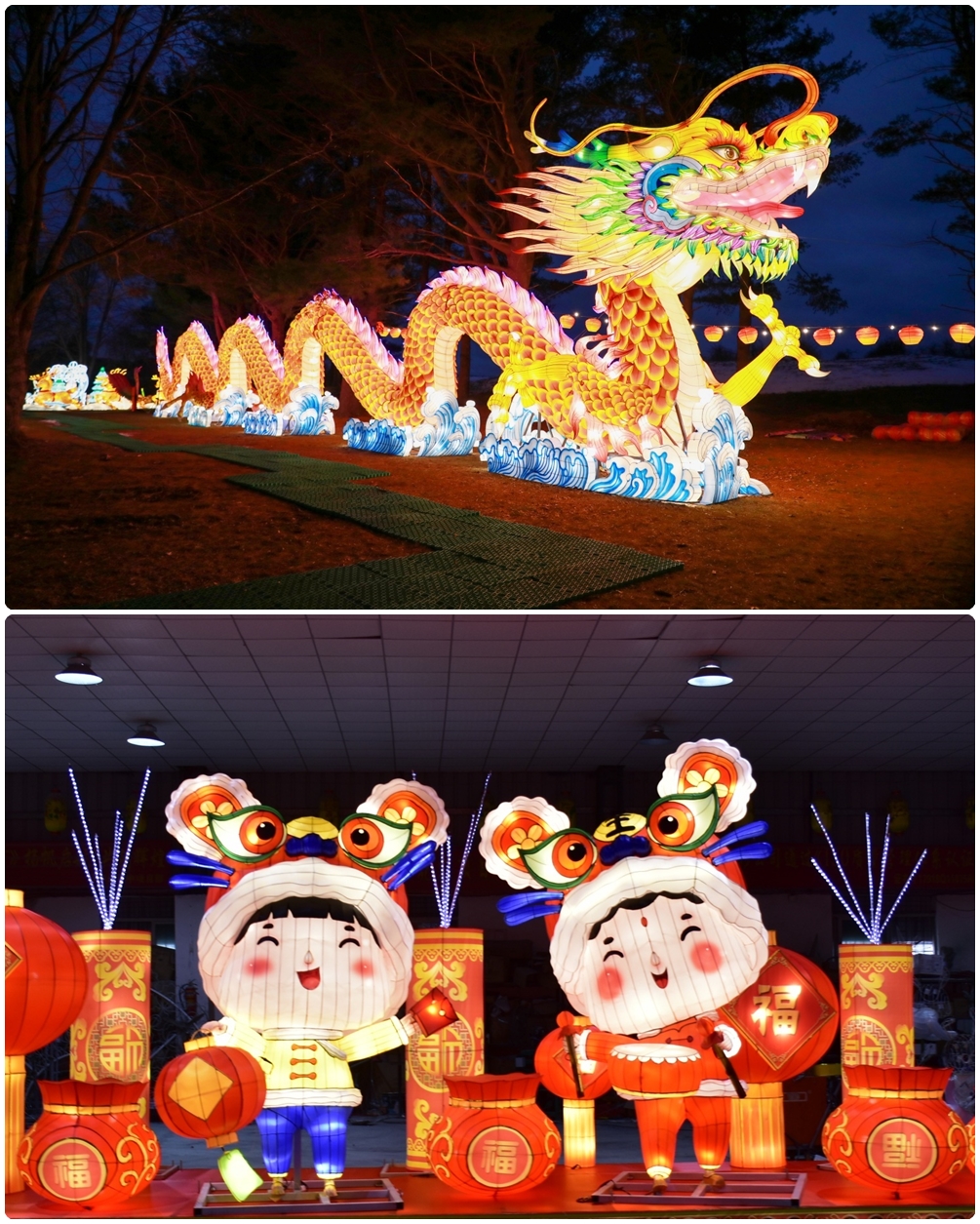What Is the Lantern Festival in China? An Overview with Asian Cultural Context
The Lantern Festival (Yuánxiāo Jié) falls on the 15th day of the first lunar month, marking the official end of Chinese New Year celebrations. Historically rooted in Han-dynasty rituals of offering lighted lanterns to heaven, the festival has evolved into a vibrant display of artistry, community gatherings, and cultural expression. In Asia, several countries observe their own versions of lantern festivals, each infused with local traditions and unique aesthetics.
1. Cultural Origins and Significance in China
In China, the Lantern Festival dates back over 2,000 years. It is also known as “Shàngyuán Festival” one of the Three Yuan festivals in Daoist tradition. Originally, the imperial court and temples would hang large lanterns in the palace and at shrines to pray for peace and good fortune. Over centuries, common folk embraced lantern displays, turning city streets and village squares into sea of glowing lanterns. Today’s activities include:
- Appreciating Lantern Displays: From ornate silk lanterns depicting dragons, phoenixes, and historical figures, to modern LED installations, lighting schemes range from traditional paper lanterns to elaborate, large‐scale lantern sculptures.
- Guessing Lantern Riddles: Riddle‐written strips of paper are attached to lanterns for visitors to solve—an ancient form of communal entertainment that remains popular.
- Eating Tangyuan (Glutinous Rice Balls): Symbolizing family reunion and wholeness, sweet dumplings often filled with black sesame, red bean paste, or peanut are a must‐have for the occasion.
- Performing Folk Arts: Lion dances, dragon dances, traditional music, and shadow puppetry enliven public squares, blending light with performance art.
2. Major Lantern Festivals Across Asia
While China’s Lantern Festival is the origin point, many regions in Asia celebrate similar “festival of lights” traditions, often in late winter or early spring. Below are a few notable examples:
• Taiwan: Taipei Lantern Festival
Held annually in Taipei from late January to early March (depending on the lunar calendar), the festival features a central “Zodiac Lantern” design that changes each year. In addition, city streets are lined with creative lantern installations blending Taiwanese folk tales with modern digital mapping. Satellite events take place in cities such as Taichung and Kaohsiung, each presenting local cultural motifs.
• Singapore: River Hongbao
“River Hongbao” is Singapore’s largest Chinese New Year event, running for about a week around the Lunar New Year. Lantern displays along Marina Bay showcase themes from Chinese mythology, Southeast Asian heritage, and international pop culture IPs. Visitors enjoy interactive lantern boards, live performances, and fireworks over the waterfront.
• South Korea: Jinju Namgang Yudeung Festival
Unlike ground‐based exhibits, Jinju’s lantern festival places thousands of colorful lanterns on the Namgang River. Each evening, the floating lights drift downstream, creating a kaleidoscopic reflection. Lanterns often depict Buddhist icons, local legends, and modern designs, attracting both domestic and international tourists every October.
• Thailand: Yi Peng and Loy Krathong (Chiang Mai)
Although distinct from China’s Lantern Festival, Thailand’s Yi Peng (Lantern Flight Festival) and Loy Krathong (Floating Lotus Lanterns) in Chiang Mai are close lunar calendar neighbors. During Yi Peng, thousands of paper sky lanterns are released into the night sky. At Loy Krathong, small flower lanterns with candles drift along rivers and canals. Both festivals symbolize letting go of misfortune and welcoming blessings.
• Malaysia: Penang George Town Festival
During the Chinese New Year period in George Town, Penang, Malaysian‐style lantern art blends Peranakan (Straits Chinese) motifs with contemporary street art. Artisans create large‐scale lantern installations using traditional materials—bamboo frames and colored paper—often integrating batik patterns and local iconography.
3. Modern Innovations and Subregional Styles
Across Asia, artisans and event planners are incorporating new technologies—LED modules, dynamic projection mapping, and interactive sensors—into traditional lantern designs. This fusion often creates “immersive lantern tunnels,” lantern walls with synchronized animations, and augmented reality (AR) experiences that overlay digital content on physical lanterns. Subregional styles emerge as follows:
- Southern China (Guangdong, Guangxi): Lanterns frequently incorporate traditional Cantonese opera masks, dragon boat motifs, and local minority group iconography (e.g., Zhuang and Yao ethnic designs).
- Sichuan and Yunnan Provinces: Known for wood‐carved lantern frames and ethnic‐tribal patterns (Miao, Yi, Bai), often displayed outdoors in rural evening bazaars.
- Japan (Nagasaki Lantern Festival): Although historically related to Chinese immigrants, Nagasaki’s Lantern Festival in February includes thousands of silk lanterns hanging overhead in Chinatown, featuring kanji calligraphy and local sponsorship logos.
4. Export Demand for High‐Quality Lanterns in Asia
As lantern festivals gain prominence, demand for premium handcrafted lanterns and export‐ready lighting fixtures has surged. Buyers from Asia (Southeast Asia, East Asia, South Asia) seek reliable manufacturers that can produce:
- Large‐scale thematic lanterns (3–10 meters tall) with durable metal frames, weather‐resistant fabrics, and energy‐efficient LEDs
- Modular lantern systems for easy shipping, on‐site assembly, and seasonal reuse
- Custom designs that reflect local cultural symbols (e.g., Thai lotus boats, Korean floating deer, Taiwanese zodiac icons)
- Interactive lantern components—touch sensors, Bluetooth controllers, remote dimming—that integrate seamlessly with festival control systems
5. HOYECHI: Your Partner for Asian Lantern Festival Exports
HOYECHI specializes in large‐scale, custom lantern productions tailored for Asian lantern festivals and cultural events. With over a decade of experience, our services include:
- Design collaboration: transforming festival themes into detailed 3D renderings and structural plans
- Durable, weatherproof fabrication: hot‐dip galvanized steel frames, UV‐resistant fabrics, and energy‐saving LED arrays
- Global logistics support: modular packaging and installation instructions for smooth export and assembly
- Post‐sale guidance: remote technical assistance and tips for maintaining lanterns across multiple seasons
Whether you are organizing a traditional Chinese Lantern Festival or planning a contemporary night‐time light event anywhere in Asia, HOYECHI is ready to provide expertise and high‐quality lantern solutions. Contact us to learn more about our export capabilities and lantern craftsmanship.
Post time: Jun-03-2025





